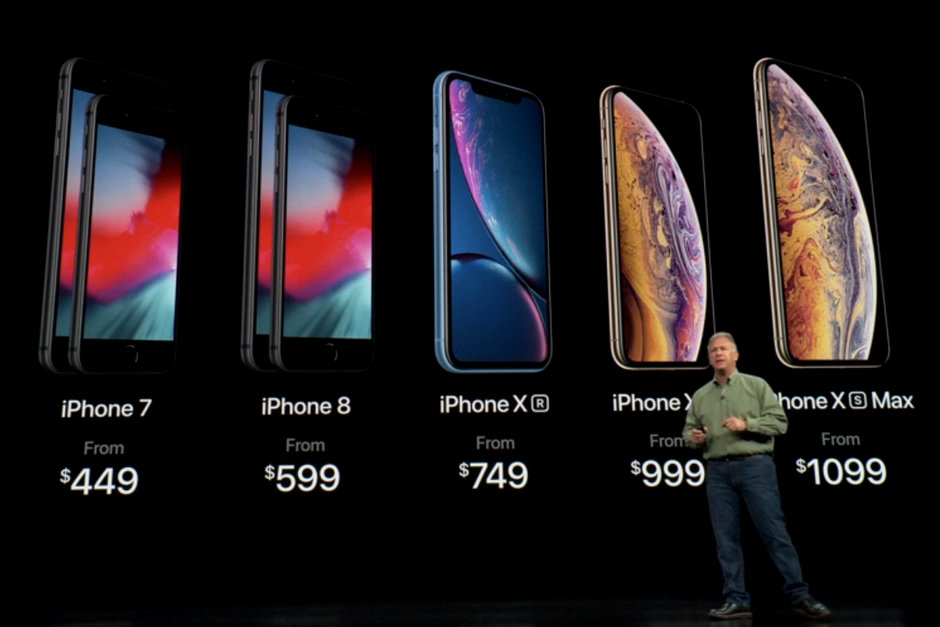“Today Apple is going to reinvent the phone,” Steve Jobs famously said on January 9, 2007. Over 10 years ago, the original iPhone was introduced, and it’s certainly come a long way since. With technology the goal is always to make better, to make smarter, to make faster, to make simpler, and to make more versatile. The risk is that making room for these changes can require pushing old features off the shelf.
In 2016, Apple released the iPhone 7, and with it came the removal of the headphone jack. By 2018, this is old news, but now that we’re several models further along the timeline it looks like Apple has no intention of going back to its old design. ‘Going back to its old design’ is an abhorrent phrase for a company as forward-thinking and revolutionary as Apple, so it comes as no surprise that once they made the decision they stuck with it, regardless of the backlash.

Verge columnist Nilay Patel called the initial decision to remove the headphone jack “user-hostile and stupid” and said it would “disproportionately impact accessibility.”
The traditional headphone jack “works so well that an entire ecosystem of other kinds of devices has built up around it,” wrote Patel. “Millions of people have access to compatible devices at every conceivable price point.” To make such a drastic design change as to remove a crucial function must have given Apple designers pause back in 2016. Apple’s Senior Vice President Phil Schiller infamously heralded the design as “courageous,” citing a few reasons why they came to the decision – decision that Apple evidently stands by today:
First off, Schiller claims the lightning headphones that came with the iPhone were an effective replacement. Fine, except now we can’t charge our phones and listen to music via headphones at the same time. Well, that’s not too terrible, right?
Next, he explained that several key components of the new design were “fighting for space” in the iPhone and that the aux jack took up valuable space that was quite literally impeding new features.
Which features were these? Namely the dual-camera system, taptic engine, and the then-new 14% larger battery. Additionally, removing the aux jack pushed the iPhone’s durability up to IP67 (the new iPhone XS boasts IP68).

Meet Apple’s new iPhone XS, XS Max, and XR
Read Now ►Lastly, Schiller maintained that the future is wireless, and that replacing the jack with Bluetooth capabilities was the only way to accommodate the growing demand for wireless functionality … except we still use wires to connect our headphones to our iPhones – now we just need more of them.
Flawless Apple design. pic.twitter.com/0LrjPGF1pD
— im not here, see note in profile 🗽 (@Anthony) September 9, 2016
Moments later, Schiller introduced the AirPods, a set of user-friendly, efficient earbuds that sync directly to the iPhone … starting at $160.
Forbes writer Gordon Kelly criticized this choice, arguing that “you’re being pushed into an era where you will have to pay more for decent headphones due to their need for an integrated DAC and/or Lightning licensing.” True enough, Apple now charges licensing fees to millions of headphone companies who want compatibility with Apple products. The result is a scenario in which Apple is the only one really to profit.
It’s now 2018 – less than a year since the iPhone X was released – and Apple is completely removing the iPhone SE and 6s from its catalog, meaning that the last iPhones with headphone jacks will be forever discontinued.
To drive the final nail even further into the coffin, the new iPhone models will not even include an adapter in the box. If you want to use non-lightning wired headphones with your iPhone XS the dongle will cost an additional $9 on top of the $999 for the phone itself. The lightning headphones will be included, however, but it looks like the end of the road for our old traditional set.
The future is here, says Apple, whether you asked for it or not!


